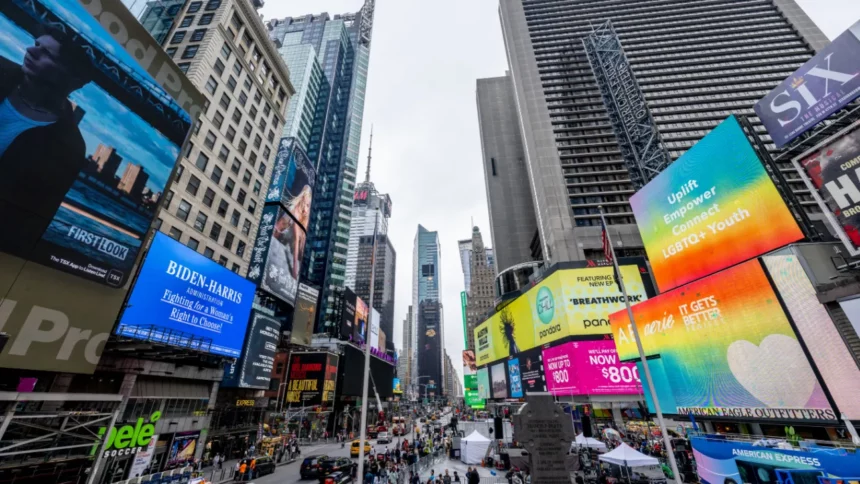In the ever-evolving landscape of U.S. advertising, 2023 and 2024 are poised for a remarkable surge, as forecasted by Brian Wieser, the insightful principal at Madison and Wall, a stalwart in Wall Street insights provision. Wieser’s latest forecast, unveiled with precision on a Wednesday publication, unveiled an upward trajectory that defied prior estimates, painting a promising picture of a 5.9 per cent surge in advertising revenue for 2023, surpassing the earlier forecast of 5 per cent. This exuberance extends further into 2024, with an expected 5.2 per cent increase, significantly exceeding the preceding estimation of 4.3 per cent.
With a discerning eye on the third-quarter trends, Wieser’s report illuminates an optimistic scenario, citing unexpected positive developments as the driving force behind this revised forecast. However, amidst this newfound optimism, the report also candidly spotlights the formidable hurdles that loom large, particularly within the realm of national TV advertising.
According to the projections, the total U.S. advertising revenue for 2023 is anticipated to soar to an impressive $364 billion. Even more striking is the revelation that when excluding political advertisements from this figure, the projected revenue still stands strong at $361 billion. Looking ahead to 2024, the forecast is no less impressive, envisaging a staggering $397 billion in total advertising revenue. Yet, when political ads are factored out, the figure remains a robust $380 billion. These numbers not only underscore the anticipated growth but also reflect a resilient industry capable of maintaining robust figures even when specific segments, such as political ads, are isolated.
The nuanced insights provided by Wieser’s projections do not merely present optimistic figures; they encapsulate a story of resilience, adaptability, and the ever-evolving nature of advertising dynamics. Amidst the buoyancy of these projections, there lies an unspoken narrative of challenges, particularly in the sphere of national TV advertising, where hurdles and complexities await.
As the industry braces for this anticipated growth, it stands at the precipice of change, navigating the challenges while leveraging the opportunities presented by an increasingly dynamic advertising landscape. Wieser’s projections not only forecast numbers but also evoke a call for innovation and strategic adaptation to overcome the hurdles ahead, reaffirming that within the realm of advertising, change is not a hindrance but an invitation for inventive solutions and forward-thinking strategies.









